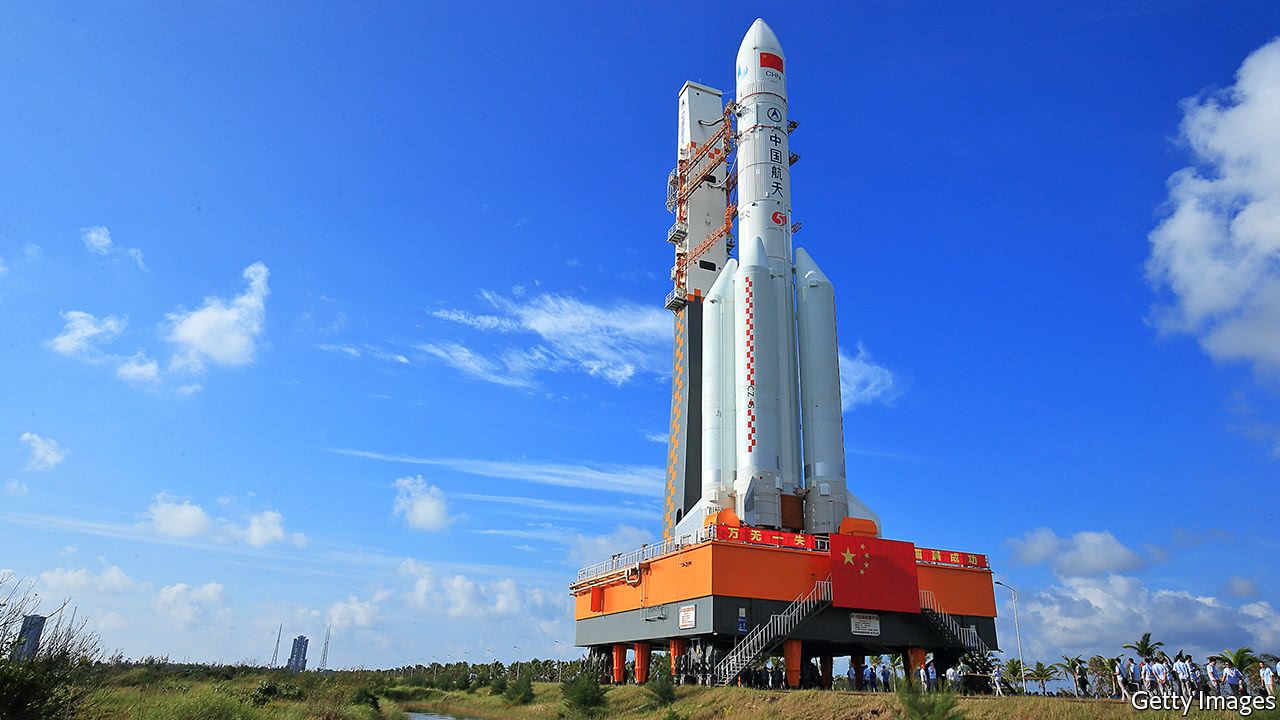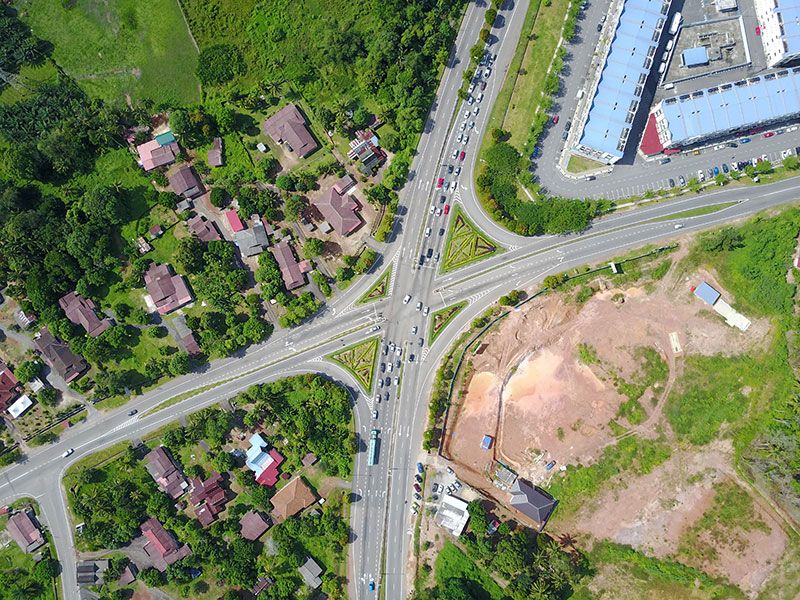Website ► http://sens.org
YouTube ► https://www.youtube.com/user/SENSFVideo
Facebook ► https://www.facebook.com/sensf
Twitter ► https://twitter.com/senstweet
SENS Research Foundation is a 501©(3) public charity that is transforming the way the world researches and treats age-related disease.
“At SENS Research Foundation, we believe that a world free of age-related disease is possible. That’s why we’re funding work at universities across the world and at our own Research Center in Mountain View, CA.
Our research emphasizes the application of regenerative medicine to age-related disease, with the intent of repairing underlying damage to the body’s tissues, cells, and molecules. Our goal is to help build the industry that will cure the diseases of aging. ”
Aubrey de Grey ► http://goo.gl/Tc5QHl
Aubrey David Nicholas Jasper de Grey is an English author and theoretician in the field of gerontology and the Chief Science Officer of the SENS Research Foundation. He is editor-in-chief of the academic journal Rejuvenation Research, author of The Mitochondrial Free Radical Theory of Aging (1999) and co-author of Ending Aging (2007). He is known for his view that medical technology may enable human beings alive today to live to lifespans far in excess of any existing authenticated cases.









